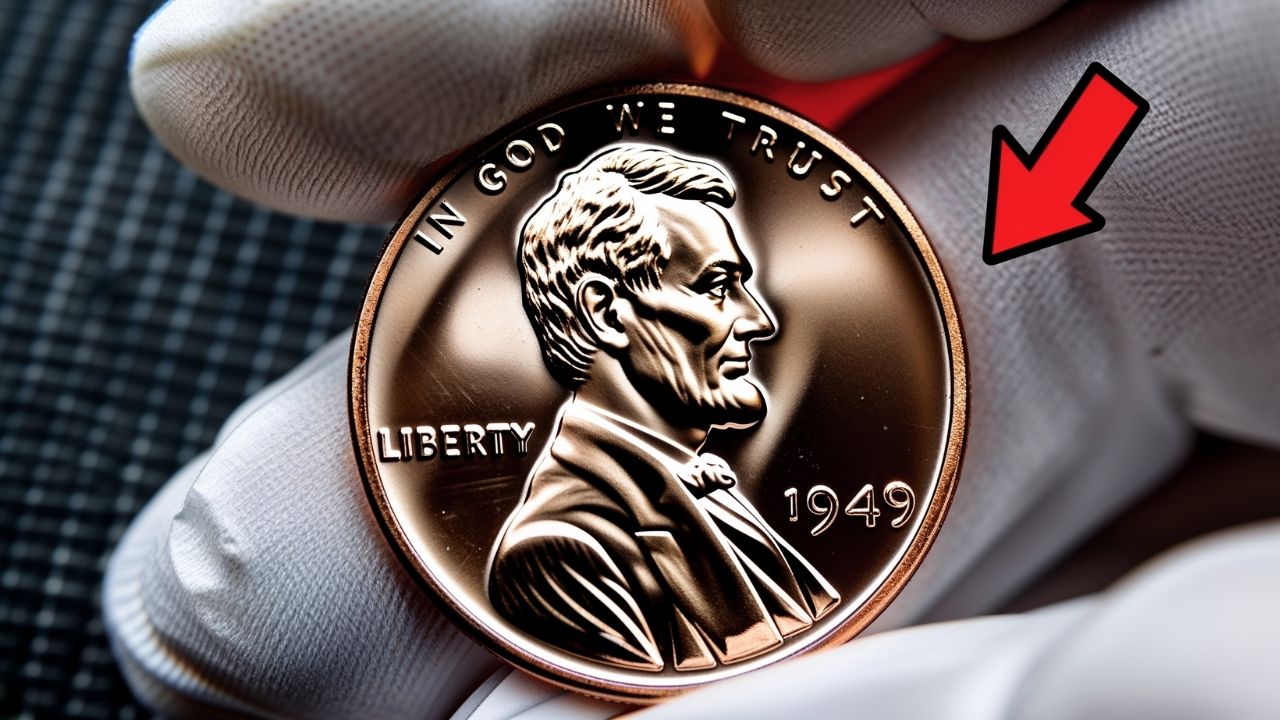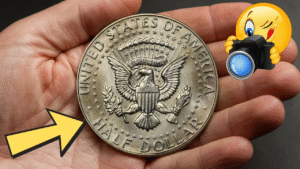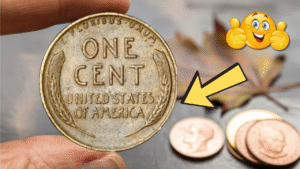A penny might not seem like much, but a rare coin from 1943 has the potential to be worth millions. The 1943 Lincoln Wheat Penny, typically made of steel, became a collector’s dream when a few were accidentally minted in copper. With one example fetching an astonishing $4.4 million, this rare find proves that not all pocket change is created equal.
Why the 1943 Wheat Penny Is So Special
The Lincoln Wheat Penny was introduced in 1909 to honor President Abraham Lincoln’s 100th birthday. It featured his profile on the obverse and two wheat stalks on the reverse, symbolizing agricultural prosperity.
In 1943, due to wartime demands, the U.S. Mint switched from copper to zinc-coated steel to conserve copper for World War II equipment. However, a small number of copper planchets—leftover from 1942—were mistakenly fed into the coin presses, creating the now-famous 1943 copper Wheat Penny.
Only 15 to 20 of these coins are known to exist today, making them one of the rarest and most valuable coins in U.S. history.
Copper vs. Steel: How to Tell the Difference
Most 1943 pennies are made of steel and have a dull, grayish appearance. These are common and usually worth only a few cents. The rare copper version, however, has the traditional reddish-brown hue of pre-1943 pennies.
A quick and easy test to tell them apart is with a magnet:
| Test | Copper Penny | Steel Penny |
|---|---|---|
| Magnetic | No | Yes |
| Color | Reddish-brown | Gray or silver |
| Weight | Slightly heavier | Slightly lighter |
If your 1943 penny doesn’t stick to a magnet, it could be copper—and potentially worth a fortune.
What To Do If You Think You Have One
If you think you’ve stumbled across a rare 1943 copper penny, don’t rush to sell it without confirming its authenticity. Here’s what to do:
- Get it professionally appraised. Reputable grading services like PCGS (Professional Coin Grading Service) or NGC (Numismatic Guaranty Company) can authenticate and grade your coin.
- Visit a certified coin dealer. Use the American Numismatic Association’s directory to find a trustworthy expert near you.
- Avoid DIY assumptions. Many 1948 or 1945 pennies are mistakenly thought to be 1943 copper due to wear or tampering.
Selling a Rare Penny
If your coin is authenticated as a 1943 copper Wheat Penny, your next step is finding the right marketplace. Trusted auction platforms like GreatCollections.com or working through a certified coin dealer are your best options. These channels offer access to serious collectors willing to pay top dollar.
Are There Still Rare Pennies in Circulation?
Believe it or not, yes. Because these rare pennies were once regular pocket change, it’s possible that some ended up in family collections, change jars, or forgotten boxes. That’s why coin collectors still keep an eye on everyday currency—you never know what might be hiding in plain sight.
Summary Table: 1943 Copper Wheat Penny vs. Common Steel Penny
| Feature | Copper Penny (Rare) | Steel Penny (Common) |
|---|---|---|
| Metal Composition | 95% Copper | Zinc-coated Steel |
| Estimated Value | Up to $4.4 million | $0.01–$1 |
| Magnet Test | Non-magnetic | Magnetic |
| Known Examples | 15–20 | Over 1 billion |
| Collector Interest | Extremely High | Low |
The story of the 1943 copper Wheat Penny is a reminder that rare treasures can still be found in the most ordinary places. If you think you’ve spotted one, take the time to check it—because that tiny coin might just be your ticket to a life-changing windfall.
FAQs
How can I tell if my 1943 penny is copper?
Use a magnet. If it doesn’t stick and has a reddish tone, it may be copper.
Are all 1943 pennies valuable?
No, only the copper ones are rare and valuable. Most 1943 pennies are steel and worth only a few cents.
Where can I get a 1943 penny appraised?
Certified grading companies like PCGS or NGC, or a reputable dealer listed on Money.org.
Can I sell a rare penny online?
Yes, through trusted auction sites like GreatCollections.com or via certified dealers.
Is it possible there are still copper 1943 pennies out there?
Yes, experts believe a few may still be hidden in collections or even in circulation.









